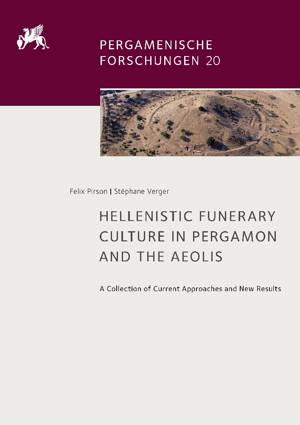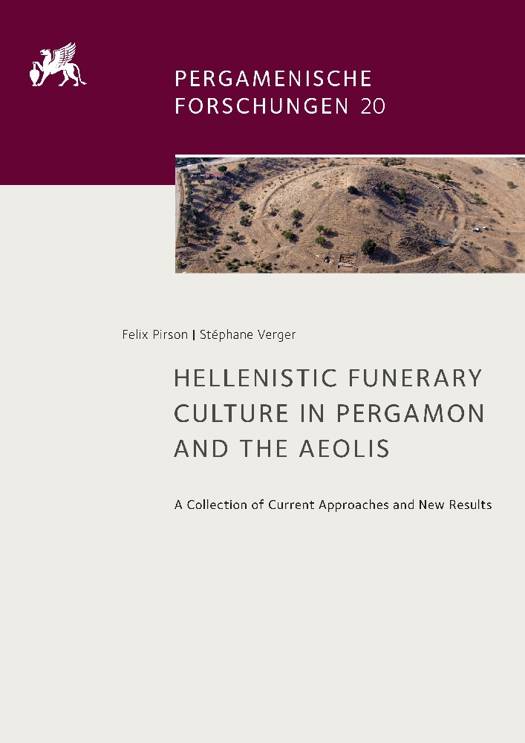
- Afhalen na 1 uur in een winkel met voorraad
- Gratis thuislevering in België vanaf € 30
- Ruim aanbod met 7 miljoen producten
- Afhalen na 1 uur in een winkel met voorraad
- Gratis thuislevering in België vanaf € 30
- Ruim aanbod met 7 miljoen producten
Zoeken
Hellenistic Funerary Culture in Pergamon and the Aeolis
A Collection of Current Approaches and New Results
Felix Pirson, Stéphane Verger
€ 144,45
+ 288 punten
Omschrijving
The necropolises and the large burial mounds of Pergamon and the Aeolian cities of Aigai, Kyme and Elaia are an important archaeological heritage and a primary source for our understanding of the social, political and cultural dynamics in a key region of Hellenistic Asia Minor. This volume brings together sixteen contributions on the methodology of interdisciplinary funerary archaeology, on funerary inscriptions and human remains, and on burials and funerary landscapes from Pergamon, the Aeolis and the neighbouring cities Mytilene and Antandros. On this basis, a picture emerges of a funerary culture that is uniform in its basic features and shows no fundamental differences between cities with fictitious Greek origins on the one hand and a Hellenistic capital in Anatolian Mysia on the other. Rather, a diversification at the local level becomes clear, which contributed to a remarkable diversity in memorial culture. With its historical and landscape focus, this volume is the first to offer a comparative regional study of Hellenistic funerary culture in Asia Minor. With the interdisciplinary definition of funerary archaeology, it can show perspectives on how the complex social and cultural-historical phenomenon of death and memory can be re-evaluated in the future on the basis of a broad dataset.
Specificaties
Betrokkenen
- Auteur(s):
- Uitgeverij:
Inhoud
- Aantal bladzijden:
- 308
- Taal:
- Engels
- Reeks:
Eigenschappen
- Productcode (EAN):
- 9783752008586
- Uitvoering:
- Hardcover
- Afmetingen:
- 210 mm x 297 mm

Alleen bij Standaard Boekhandel
+ 288 punten op je klantenkaart van Standaard Boekhandel
Beoordelingen
We publiceren alleen reviews die voldoen aan de voorwaarden voor reviews. Bekijk onze voorwaarden voor reviews.








